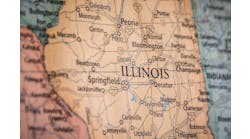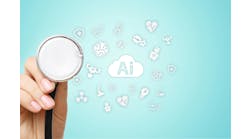If you’ve listened to the radio, watching television or even picked up a paper today, you probably know that today is Earth Day. This year, we’re marking the 38th anniversary of the birth of the modern environmental movement. I did a little digging and found that the observance started when former U.S. Senator Gaylord Nelson (D-Wisc.) declared a nationwide grassroots movement and proposed that the environment assume a more prominent spot on our national agenda.
When it first started, Earth Day was considered a pretty radical idea, and it took many years for it to really gain some serious ground.
But it did, and since then, we’ve seen some pretty significant changes in the form of clean air acts, recycling programs, legislation against polluting and dumping, beach and park clean-ups, and much more. Plus, “going green” is quite fashionable right now. It seems every other celebrity is pitching environment causes and touting the benefits of hybrid cars, hemp clothing and solar panels. Buzzwords like “carbon footprint” and “renewable energy” are everywhere. Just the other day, I tried to convince my fiancé to splurge on a slightly pricier line of cleaning products because they were advertised as “green.” But when he questioned how these products actually help the environment, I was stumped.
I have no idea how certain detergents can help the planet, but I do know how health IT is doing its part. For the past several years, the adoption of EMRs, EHRs, and e-prescribing have enabled healthcare professionals to deliver a higher quality of care, all while using less paper. Data from the CDC National Center for Health Statistics indicate that one-quarter of office-based physicians were utilizing EMR systems in 2005, a 31% increase from 4 years earlier. This of course means that less paper is being used.
Facilities like Dublin Methodist Hospital in Dublin, Ohio and Indiana Heart Hospital in Indianapolis are completely digital; therefore, the need for paper is minimized.
And in Massachusetts — or what I like to call, the curve-wrecker of the health IT class — about 4 million electronic scripts were sent in 2007. That’s six times the National average. But thanks to those overachievers, fewer trees are being cut down.
Health IT initiatives like these are getting results. And I can take solace in that, particularly since I don’t think I’ll ever be buying a hybrid Lexus.
But what do you think? Are these initiatives enough or is more action needed?Tell me what you think.
